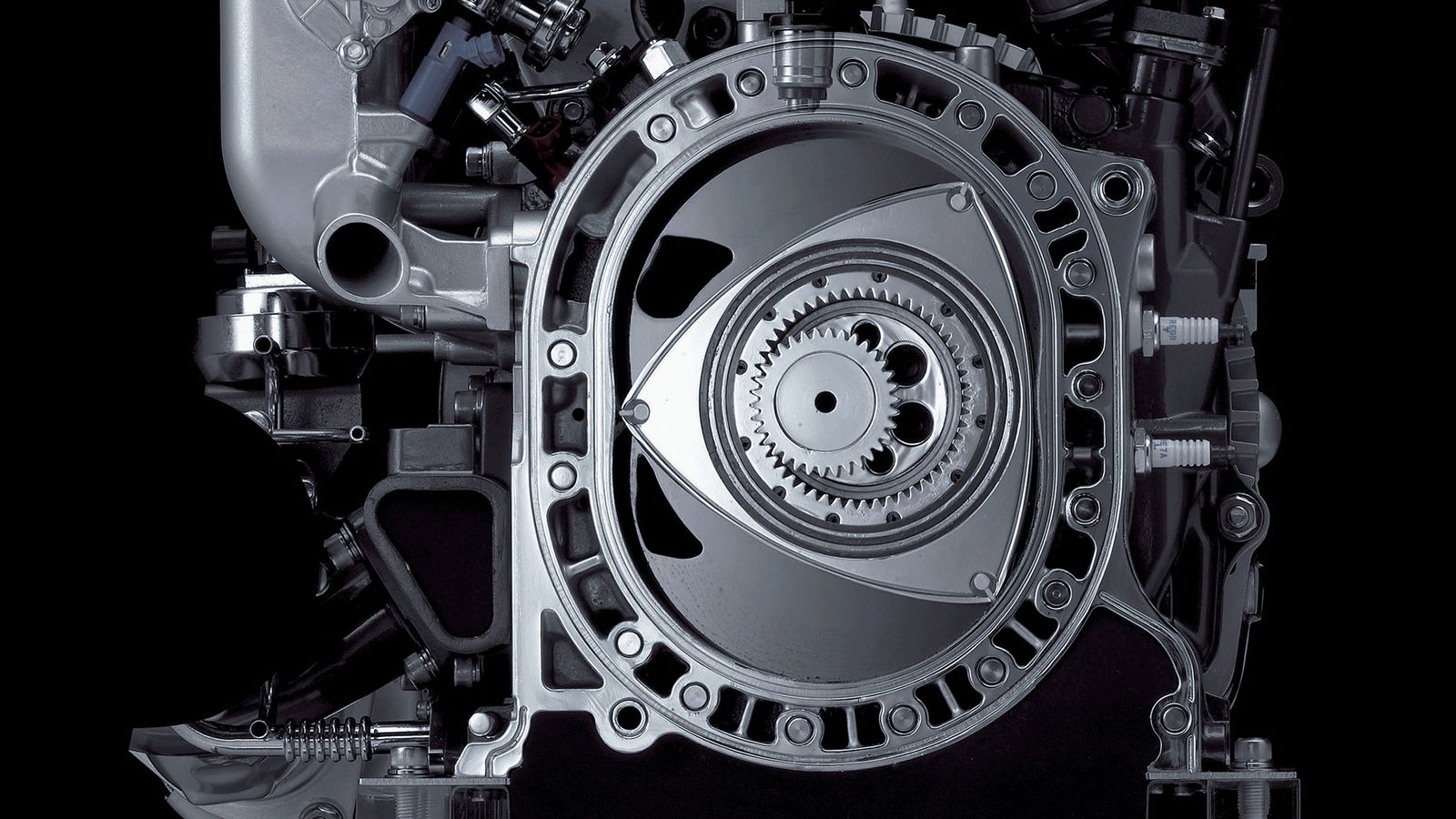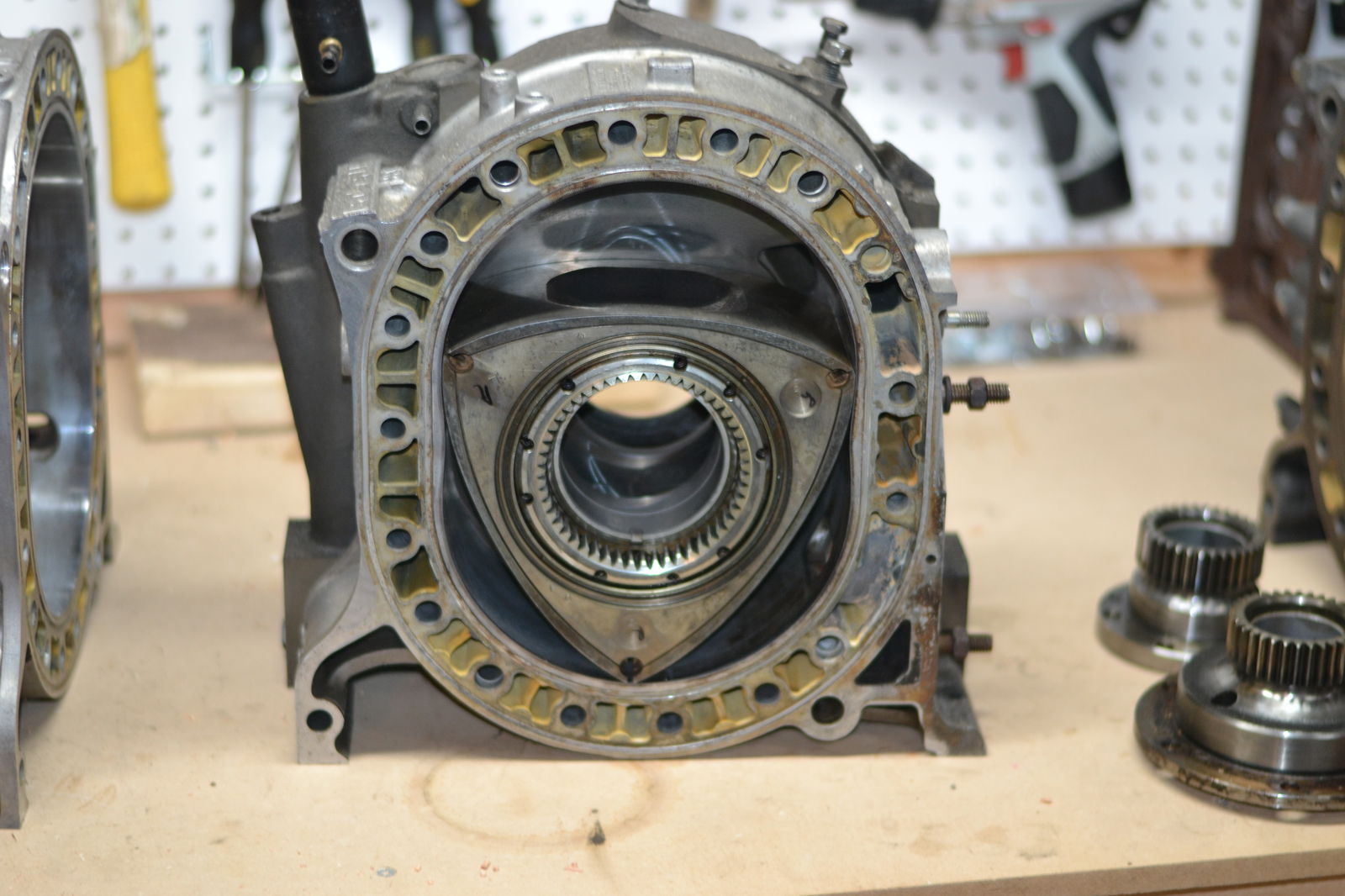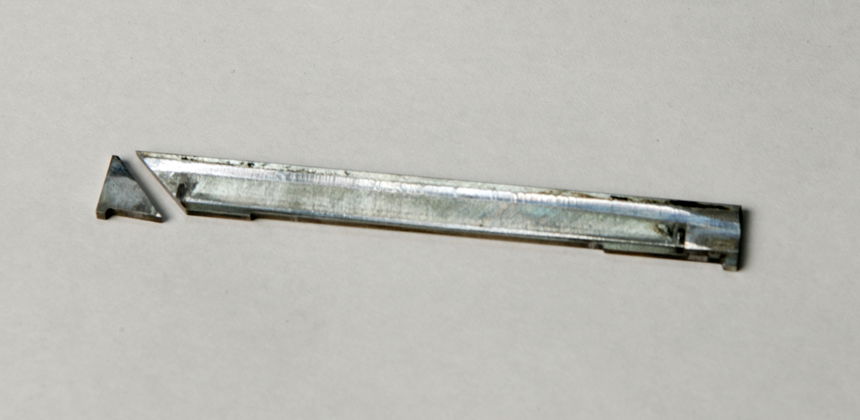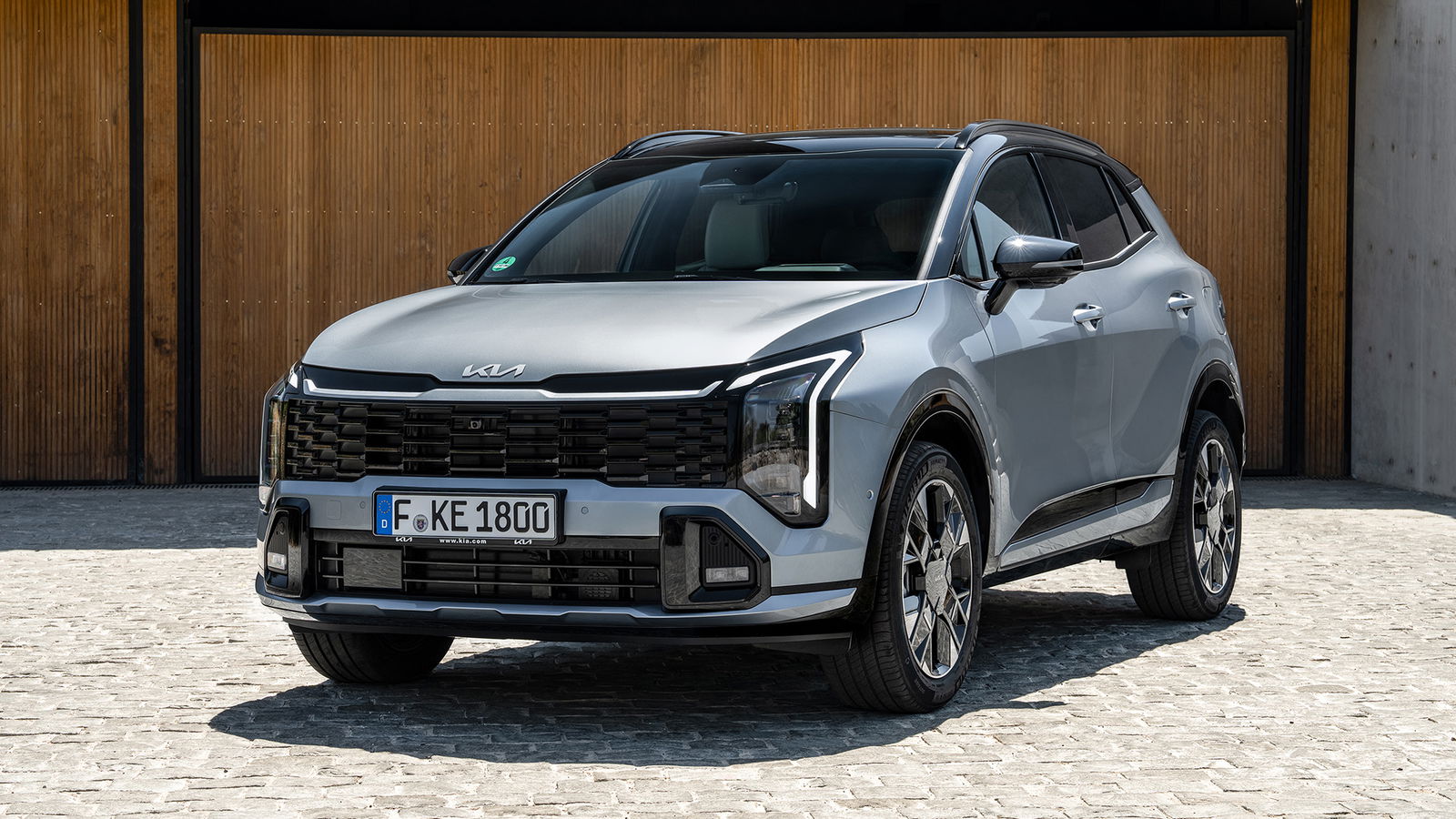Rotary Engines: How Do They Work?

Ah, the Wankel rotary engine. The Dorito-spinning engine configuration is perhaps one of the coolest, and financially most terrifying, bits of automotive engineering.
Best known for its appearance in the Mazda RX series of sports cars, the unusual engine configuration had a brief period of extinction in the modern new car market before unceremoniously returning in the Mazda MX-30 REV – although its future looks brighter.
How do they work, though, and what are the pros and cons? We explain.
How does a rotary engine work?

Forget what you know about regular internal combustion engines for a second. While they use pistons moving up and down (or side-to-side in the case of a boxer) to drive a crankshaft, create rotational movement and provide drive, a rotary uses.. Err, rotors.
These triangular components (lending to its common Dorito nickname) sit within oval-shaped rotary housings. Those sit along an eccentric shaft, which does the same job as a crankshaft, which the rotors spin to create rotational force.
How do they do that, though? Well, air and fuel are fed into an intake chamber and drawn in by one side of the moving rotor. At the same time, another side is compressing that mixture with ignition from spark plugs, propelling the rotor and providing drive to the eccentric shaft, while a third exhumes the exhaust gases. Rinse, repeat as the triangle spins.
Yes, it’s doing the job of pistons, crankshafts, valves and con rods all in one friendly little package. Neat, huh?
…so why do they break so often?
Poor maintenance, really. Rotary engines are often slammed for poor reliability, but they can run wonderfully if you look after them properly. But they really do need to be looked after properly.

Apex seals are the biggie here. One sits on each tip of the triangle, doing the important job of keeping the rotor in contact with its housing and making sure each of its three jobs is kept separate from one another.
Naturally, they wear down relatively quickly and replacing them involves dissecting an engine. It’s a pretty expensive job, so it’s one that’s often not done properly on cheaply run cars, ensuring they’ll go bang sooner. Because it’s a case of when, not if, they’ll go bang.
Oh, and because apex seals need to be well-lubricated, that’ll mean using a lot of oil to prolong their life. Probably best to keep a bottle of 10w40 in the boot of your RX-8 at all times.
Are there any advantages to a rotary engine?
The practical advantage: because there are fewer moving parts, they can produce equivalent power to conventional combustion engines in a smaller amount of space.
The fun advantage: near-instantaneous throttle response, as each part of the combustion cycle is working to rotate the err, rotor, rather than having to combat inertia, which naturally adds a delay.
Oh, and the sound. The glorious, glorious sound of a rotary. Brap brap brap before WEEEEEEEEEE. If you haven’t heard a Mazda 787b at full chat already, pause everything you’re doing and listen to the symphony embedded below.
Any disadvantages (other than financial ruin)?
Sorry, is bankruptcy following a total engine replacement not enough for you?
Well, they’re pretty high in emissions, which isn’t good for your annual tax or hopes of car manufacturers building them in the modern world.
Oh, and there’s the insane fuel consumption compounding that, because a rotary will need a lot of your local foecourts’ finest petroleum. You can blame poor thermal efficiency for that one.
Also, because of that, unburnt fuel quite often finds its way into the exhaust, meaning pops and bangs. Wait, we said disadvantages…

Should I buy a rotary-powered car?
This depends on whether you’re a rational-thinking human. If you are, don’t bother – no rotary is a sensible option.
Slightly more unhinged? Do it. Just don’t come looking for us when it goes the bad kind of bang.















Comments